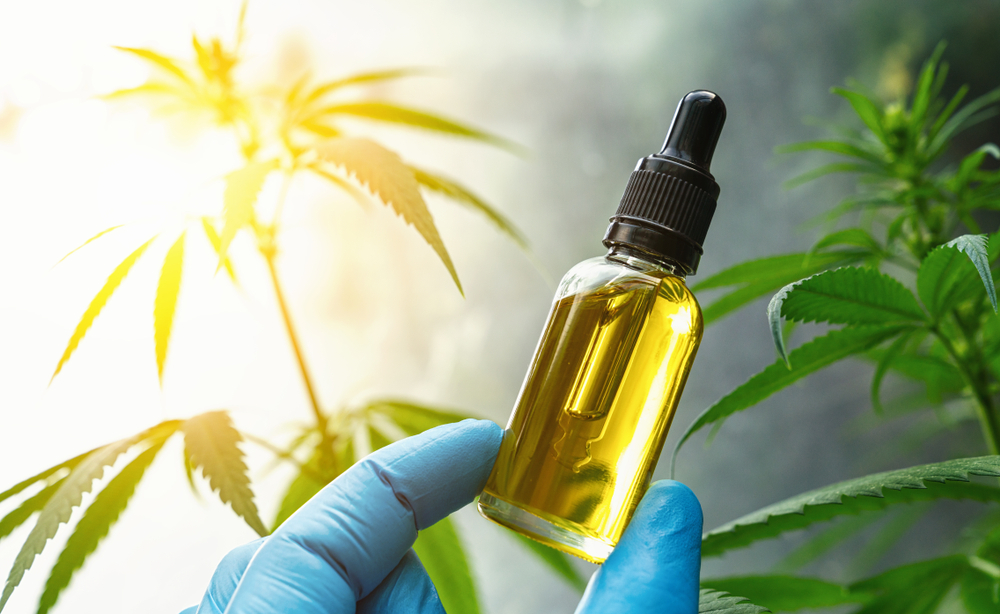Is HHC Tincture the Future of Cannabinoid Products?
The rise of cannabinoids has led to an array of innovative products, with HHC hexahydrocannabinol tinctures emerging as a potential frontrunner in the future of cannabinoid consumption. HHC is a hydrogenated derivative of THC, the well-known psychoactive component of cannabis. While it shares some similarities with THC, such as its psychoactive effects, HHC is distinguished by its unique chemical structure, which may influence its effects and stability. One of the compelling reasons HHC tinctures are gaining attention is their potential to offer a novel experience compared to traditional cannabinoids. The hydrogenation process used to create HHC alters its molecular structure, potentially modifying how it interacts with the body’s endocannabinoid system. This could result in different psychoactive effects or therapeutic benefits, appealing to both recreational users and those seeking alternative treatments for various conditions. Unlike THC, which can degrade into less desirable compounds over time, HHC’s chemical stability might offer a longer shelf life and more consistent potency, making it an attractive option for both consumers and manufacturers.

Moreover, HHC tinctures may appeal to those who are sensitive to THC or who experience undesirable side effects from traditional cannabinoids. The altered chemical structure of hhc oil could provide a milder or different experience, potentially reducing the anxiety or paranoia that some users report with THC. For this reason, HHC tinctures could become a popular choice among those looking for a more balanced or controlled psychoactive experience. Additionally, as the legal landscape surrounding cannabinoids continues to evolve, HHC, with its distinct properties, might navigate regulatory challenges more effectively, further enhancing its appeal in the market. In terms of applications, HHC tinctures offer versatility in how they can be consumed and utilized. Tinctures are a popular method for cannabinoid delivery due to their ease of use, precise dosing, and rapid onset of effects. The inclusion of HHC in tincture form could cater to those who prefer a discreet and controlled way to experience cannabinoids.
This delivery method also allows for the possibility of combining HHC with other beneficial compounds or cannabinoids, creating customized formulations tailored to individual needs and preferences. Despite these potential advantages, it is important to approach the rise of HHC tinctures with a degree of caution. As with any new cannabinoid product, more research is needed to fully understand its effects, safety profile, and therapeutic potential. The burgeoning interest in HHC tinctures underscores the need for continued scientific investigation and regulatory oversight to ensure consumer safety and product efficacy. In conclusion, HHC tinctures represent a promising development in the world of cannabinoid products. Their unique chemical properties, combined with the versatility and convenience of tincture delivery, position them as a notable contender in the future of cannabinoid consumption. As the market continues to evolve, ongoing research and consumer feedback will play crucial roles in determining the long-term success and impact of HHC tinctures in the broader cannabinoid landscape.